Instead of birding on Saturday morning I went to the Livingston Ripley Waterfowl Conservacy (lrwc.net) in Litchfield, CT. Although it is 90 minutes away from my house it is a great place to look at captive ducks. They have so many species there! The first duck we saw was a Laysan Teal, which is arguably the rarest duck in the world. There are very few birds left and they are restricted to Laysan Island in the Pacific Ocean.

There were also Blacksmith Plovers, which, even though they aren't a duck, are a common part of the Conservacy. In the pond with the Laysan Teal there were also Baer's Pochard, Falcated Ducks, Lesser White-fronted Geese, Meller's and Hawaiian Ducks and Philippine Ducks.
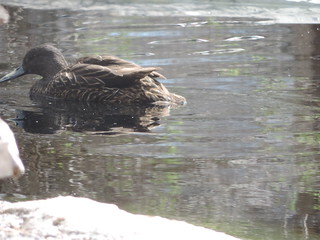




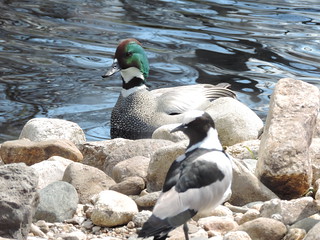

In the second pond there was also some variety. There were a lot of sea ducks from America, like Harlequin Ducks, Long-tailed Ducks and Spectacled Eiders. There were also Baikal Teal, Scaly-sided Merganser and Red-breasted Goose. The Baikal Teal is probably my favorite duck, so this picture of one is one of my favorites.

I got good pictures of the other ducks as well.





In pond three there were Smew, Red-breasted Goose, Red-billed Pintail, New Zealand Scaup and White-headed Duck.
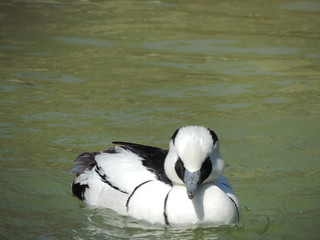



Pond four probably had the most variety. I will try to post all the birds that were there: Marbled Teal, Magpie Goose, Nene, Puna Teal, Baer's Pochard, White-headed Duck, Falcated Duck, Scaly-sided Merganser, Masked Lapwing and West Indian Whistling-Duck.

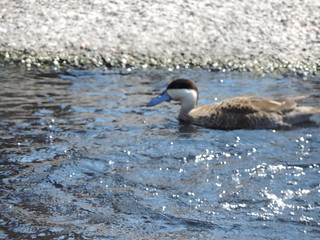

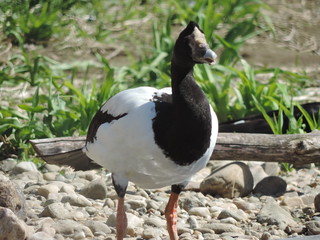


I saw many other birds, including a Demoiselle Crane group who danced and courted their mates, and a Swan Goose who imprinted on us. That means that he would follow us wherever we went. There was obviously something wrong with him but he was very cool and harmless. There were Cape Barren Geese, who were very agressive because they were having goslings. We also saw some sea ducks, a falcon and some baby birds. All my photos are on my Flickr, right here!























